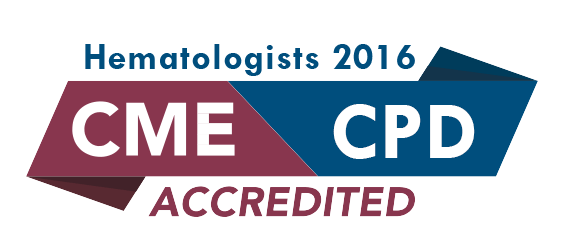
Simon Durrant
University of Queensland, Australia
Title: Treating polycythemia vera with Ruxolitinib: An update from the RESPONSE 1 & 2 trials
Biography
Biography: Simon Durrant
Abstract
Polycythemia vera (PV) is a myeloproliferative neoplasm characterized by erythrocytosis, burdensome symptoms and an increased risk of thrombosis. Hematocrit (Hct) control (i.e., <45%) is a key therapeutic goal and has been shown to decrease the risk of cardiovascular death and major thrombotic events. Hydroxyurea (HU) is currently the first-line therapy for cytoreduction in high-risk patients; however, substantial proportions (15%) become resistant to or intolerant of HU by stringent ELN criteria. Ruxolitinib, a potent Janus kinase JAK1/JAK2 inhibitor, was well tolerated and superior to best available therapy (BAT) in maintaining Hct control without phlebotomy, normalizing blood cell count, reducing spleen volume and improving symptoms in the phase 3 RESPONSE-1 trial. RESPONSE-2 is an open-label, phase 3b study comparing the efficacy and safety of Ruxolitinib with BAT in HU-resistant/intolerant patients with PV without splenomegaly. In PV patients with an inadequate response to or unacceptable side effects from HU both with and without splenomegaly, Ruxolitinib is well tolerated and superior to BAT in controlling Hct without phlebotomy, achieving CHR and improving PV-related symptoms. Most patients in RESPONSE-2 (70.5%) had been treated with only 1 prior line of therapy (HU). In RESPONSE-1 and RESPONSE-2, patients treated with Ruxolitinib had fewer thromboembolic events compared with BAT. Taken together, findings from RESPONSE-1 and RESPONSE-2 suggest that Ruxolitinib could be considered as a standard of care for second-line therapy in this post-HU patient population.

